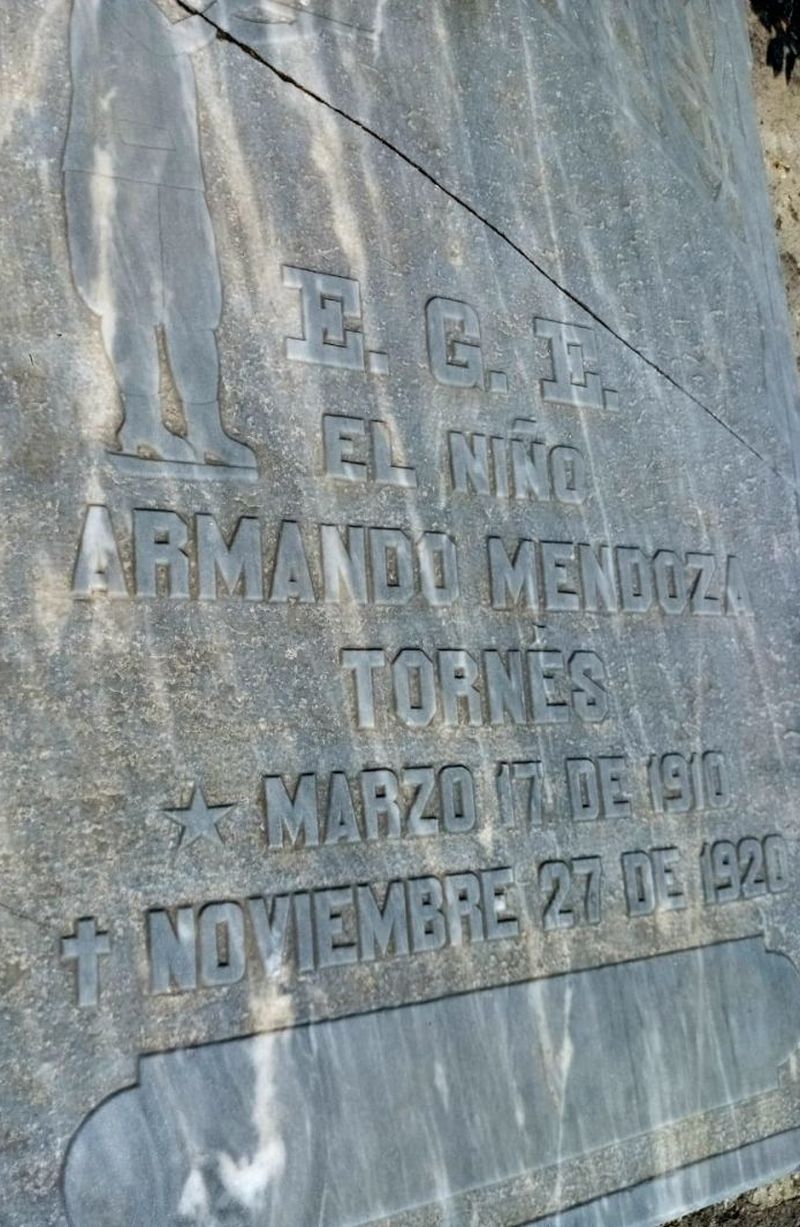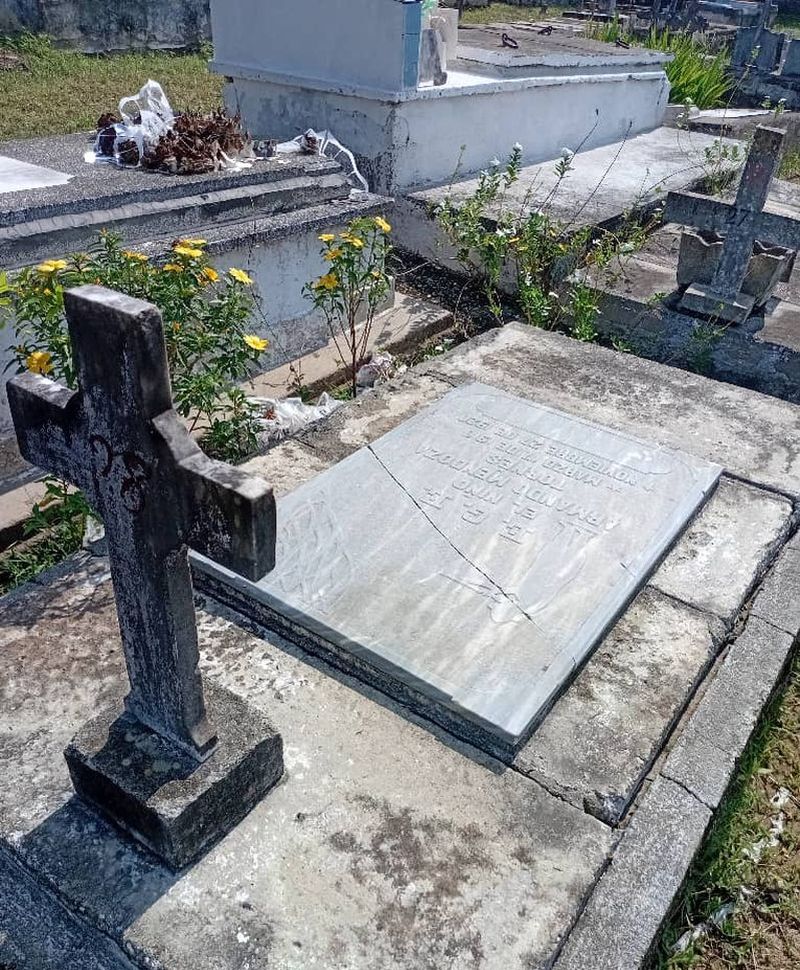 Taking advantage of our free time and with the aim of bringing our readers closer to topics that may be of interest to them, we open this section, which we begin with this question: what are myths or legends?
Taking advantage of our free time and with the aim of bringing our readers closer to topics that may be of interest to them, we open this section, which we begin with this question: what are myths or legends?
According to the Royal Spanish Academy, a myth is a marvelous narrative set outside of historical time and featuring divine or heroic figures.
In our municipality of Calixto García, several of these beliefs exist, including: The Woman in White, Misael's Jigüe, Ana Lola's Elf, The Boy and the Hunter, and the Perfumada de la Loma de Las Mantecas, the latter two being the most popular.
It is said that at the beginning of the last century, in the area of present-day Sabanazo, a ten-year-old boy named Armando Mendoza Tornet was found dead; it was only known that he had died from a gunshot wound.
In the Las Mantecas neighborhood cemetery, where he was buried, a marble tombstone bearing the image of a hunter aiming at a tree was placed on his grave by unknown hands.
From then until today, the legend has been heard, and upon reaching the aforementioned cemetery, it is obligatory to visit the mysterious pantheon.
 Coincidentally, another of the most well-known myths of this Holguín region is set in southern Calixto.
Coincidentally, another of the most well-known myths of this Holguín region is set in southern Calixto.
As is known, in the middle of the last century, a building was built at the top of Las Mantecas hill where the Fulgencio Batista government installed a microwave oven.
Neighbors in that neighborhood say that from the aforementioned building, a woman emerges onto the road, her face hidden from view. She is very slender, with long black hair, and wearing a tight-fitting dress of the same color.
According to witnesses, the lady is walking very quickly toward Buenaventura, and no matter how fast passersby have hurried down the slope, they have been unable to catch her. They also say that she leaves a very strong scent in her wake, and she has been seen both day and night.
That's all for today. At a future meeting, we'll write about the applause, and I can tell you that among the loudest and most extensive applause I've heard was the one offered a few decades ago to a Calixteño at a rodeo arena.













